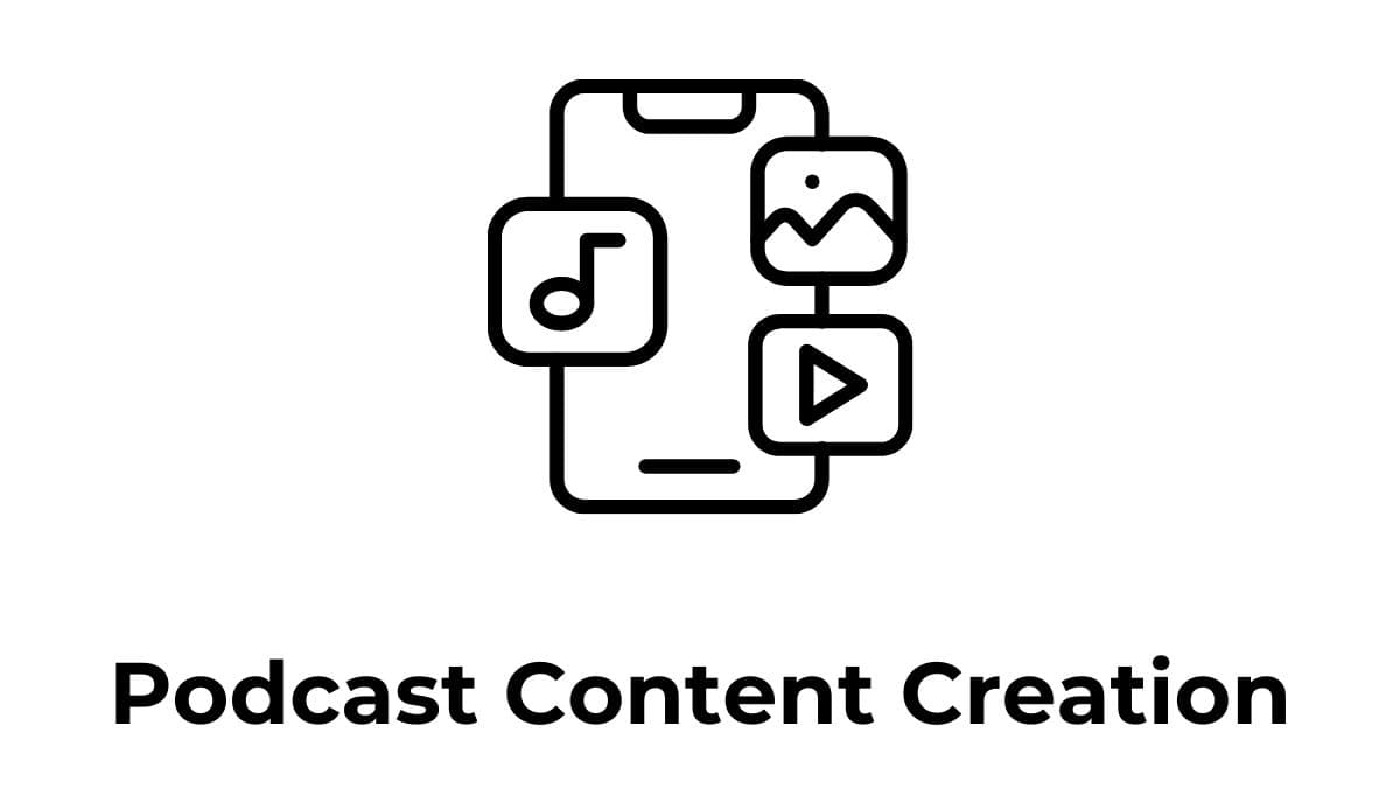9 Podcast Content Creation Tips
Podcasting has become a powerful medium for storytelling, education, and entertainment. However, creating compelling content that engages listeners and keeps them coming back for more can be a challenge. In this guide, we’ll explore effective podcast content creation strategies, helping you craft episodes that resonate with your audience and elevate your podcasting game.
9 Content Creation Strategies for Podcasting
Crafting compelling content for your podcast doesn’t have to be daunting. With the right strategies in place, you can captivate your audience and keep them coming back for more. Below are 9 powerful content strategies that every podcaster should use:
1. Identifying Your Audience
Understanding your audience is the first step in creating compelling content for your podcast. Take the time to research your target demographic, including their interests, preferences, and listening habits. By knowing your audience intimately, you can tailor your content to meet their needs and preferences, increasing engagement and loyalty.
When I first started podcasting, I made the rookie mistake of thinking my show was for everyone. Spoiler alert: it wasn’t. It wasn’t until I took a deep dive into my analytics and engaged with my listeners that I realized who my true audience was. Knowing your audience isn’t just about demographics—it’s about understanding their pain points, interests, and what makes them tick.
First things first, before you launch a podcast you need to research your target audience. You should know your audience like the back of your hand? Start by doing some good ol' fashioned market research. Dive into forums, Facebook groups, and Reddit threads where your target audience hangs out. Pay attention to the questions they’re asking, the topics they’re discussing, and the problems they’re trying to solve.
Once you’ve gathered all that juicy data, it’s time to put a face to your audience. Literally. Create a detailed listener persona—a fictional character who embodies your ideal audience member. Give them a name, a backstory, and even a quirky hobby or two. Trust me, it’ll make crafting your content a whole lot easier.
2. Plan Your Podcast
Now that you know who you’re talking to, it’s time to brainstorm some killer episode ideas. Grab a notebook (or open a Google Doc, if you’re like me) and start jotting down topics that get your creative juices flowing. Whether it’s a deep dive into your favorite conspiracy theories or a lighthearted chat about pop culture, let your imagination run wild.
Ah, the content calendar—the unsung hero of podcast planning. Whether you’re a hyper-organized planner or a fly-by-the-seat-of-your-pants kind of person, having a roadmap for your episodes can save you a whole lot of stress down the line. Block out time each week for brainstorming, recording, editing, and promoting your episodes.
3. Choose Relevant Topics
When selecting topics for your podcast episodes, choose subjects that are relevant to your audience’s interests and that identify with your niche. Keep abreast of current events, trends, and industry developments to ensure your content remains timely and engaging. Additionally, consider soliciting input from your audience through surveys or social media to identify topics they’re eager to hear about.
4. Leverage Guest Interviews
Guest interviews can add valuable perspectives and insights to your podcast while also expanding your reach and audience engagement. Identify experts, influencers, or thought leaders in your niche and invite them to be guests on your show. Prepare thoughtful questions in advance and facilitate engaging conversations that provide value to both your guest and your audience.
5. Incorporate Variety
Variety is key to keeping your podcast fresh and engaging. Mix up your content by incorporating different formats, such as solo episodes, interviews, roundtable discussions, or Q&A sessions. Experiment with different lengths, styles, and topics to keep your audience intrigued and eager to tune in for each new episode.
6. Polish Your Podcast
Repeat after me: audio quality matters. You could have the most brilliant content in the world, but if your audio sounds like it was recorded in a tin can, your listeners won’t stick around for long. Invest in a decent microphone, find a quiet space to record, and learn the basics of audio editing to polish your episodes to perfection.
Editing can be the most time-consuming part of podcasting, but trust me—it’s worth it. Trim the fat, tighten up your narrative, and sprinkle in a little post-production magic to make your episodes shine. And hey, don’t be afraid to get creative with music, sound effects, and funky transitions. After all, your podcast is your canvas—paint it however you like!
7. Keep Your Audience Hooked
Every great podcast starts with a great story. Whether you’re sharing a personal anecdote, interviewing a fascinating guest, or diving into a juicy topic, make sure your narrative has a clear beginning, middle, and end. Bonus points for throwing in a plot twist or two to keep your listeners on their toes.
One of the biggest lessons I’ve learned as a podcaster is the importance of authenticity. Your audience can sniff out a fake from a mile away, so don’t be afraid to let your true self shine through in your storytelling. Whether you’re cracking jokes, getting emotional, or going on a passionate rant, be unapologetically you.
8. Build a Community
Your listeners aren’t just passive consumers—they’re active participants in the conversation. So why not invite them to join the party? Encourage them to leave comments, share their thoughts on social media, and even submit questions or topic suggestions for future episodes. Building a community around your podcast isn’t just about growing your audience—it’s about forging genuine connections with the people who tune in week after week.
And remember, podcasting isn’t a one-way street. Your listeners want to feel heard, valued, and—dare I say it—loved. So don’t be afraid to ask for their feedback, invite them to join you for live Q&A sessions, and heck, even feature them as guests on your show
9. Continuously Improve
Finally, don’t be afraid to experiment, learn, and evolve as a podcaster. Solicit feedback from your audience, analyze listener metrics, and stay abreast of industry trends to identify areas for improvement. Continuously honing your podcast content creation skills and refining your podcasting approach will help you stay relevant and competitive in the ever-evolving podcasting landscape.
Conclusion
In conclusion, podcasting content creation demands a blend of creativity, consistency, and audience engagement. By employing strategies such as understanding your target audience, developing a unique voice, and maintaining a regular release schedule, aspiring podcasters can navigate the competitive landscape effectively. Reflecting on the top 10 successful podcasts , it’s evident that these shows excel due to their distinctive content, polished production, and genuine connection with listeners.
Releted Posts
How Much Do Uber Drivers Make
Uber has ignited a revolution in the gig economy, empowering countless individuals with the promise of flexibility and a reliable income. This platform provides drivers with ample opportunities to work on their own terms.
Read moreHow to Deliver for Instacart
People are increasingly choosing to deliver for Instacart not just for economic or personal reasons but for the flexibility, autonomy, and convenience it offers. Unlike traditional jobs with fixed hours, Instacart allows individuals to create their own schedules, making it easier to balance responsibilities like caregiving, education, or side projects.
Read moreBest Matched Betting Sites
Matched betting has gained significant traction as a popular method for turning bookmaker promotions into profit. By leveraging offers like deposit matches, free bets, and odds boosts, bettors can achieve consistent gains without the usual risks associated with gambling.
Read more


